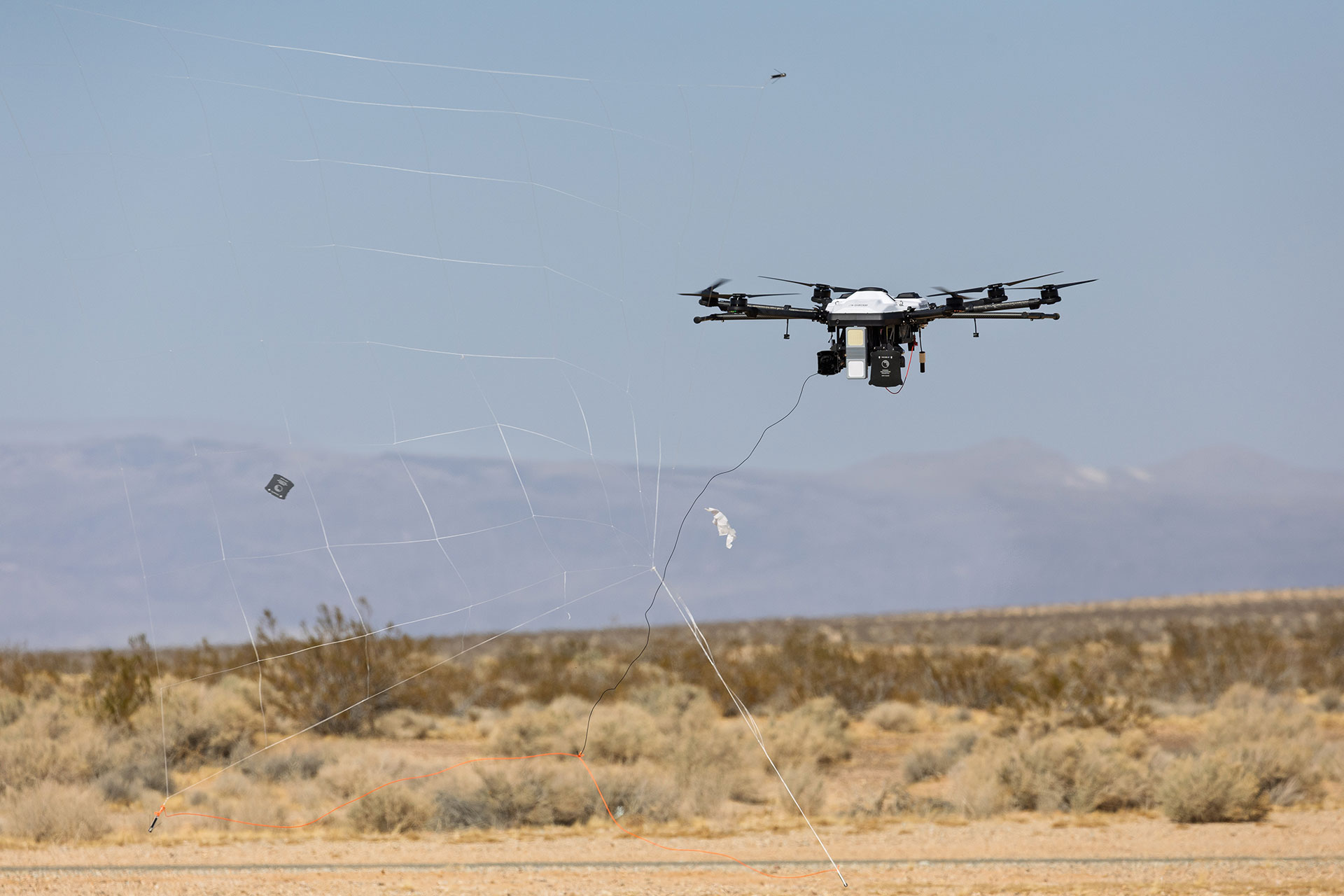Lockheed Martin Introduces Scalable Counter-UAS Solution
As the landscape of small Unmanned Aerial Systems (UAS) continues to evolve, Lockheed Martin is unveiling a new strategy to combat these burgeoning threats. A recent field demonstration marked the inception of a series of presentations focused on a scalable, layered defense mechanism aimed at detecting, tracking, identifying, and neutralizing UAS.

This innovative, modular solution integrates combat-tested command and control systems with AI-powered detection and tracking capabilities, low-cost sensors, and an expanding assortment of effectors. Designed for swift deployment, it ensures seamless interaction with other systems.
“By incorporating a wide range of sensors into a user-friendly command and control (C2) system, we simplify the process of threat identification. We possess the supplementary technologies necessary to translate gathered data into actionable insights,” stated Tyler Griffin, the C-UAS director at Lockheed Martin. “Our open architecture framework provides a flexible and layered defense strategy, expediting response times against these evolving threats. This foundational demonstration underscores our current capabilities and paves the way for future developments from Lockheed Martin and our collaborators.”
Key Features of the Solution:
- Modular Design: Utilizing an open systems strategy facilitates the quick integration of optimal sensors, effectors, and C2 improvements, offering adaptability for changing threat dynamics.
- Advanced AI: The AI-powered software, grounded in extensive real-world data, enhances the detection, tracking, and mitigation of threats, improving efficiency against both singular targets and swarm attacks.
- Rapid Scalability: This solution promotes ease of collaboration with partners to ensure proactive measures against potential threats.
The demonstration successfully highlighted Lockheed Martin’s capabilities to detect, track, and execute mitigation techniques against a variety of small UAS, including individual units and drone swarms.
Significance of the Development:
Quick coordination is imperative, particularly when there is only a short window to detect, track, and neutralize a swarm. Sensors designed to monitor multiple small, low-flying drones must efficiently relay information to a command and control system that can classify targets, align them with interceptors, and manage numerous simultaneous engagements.













